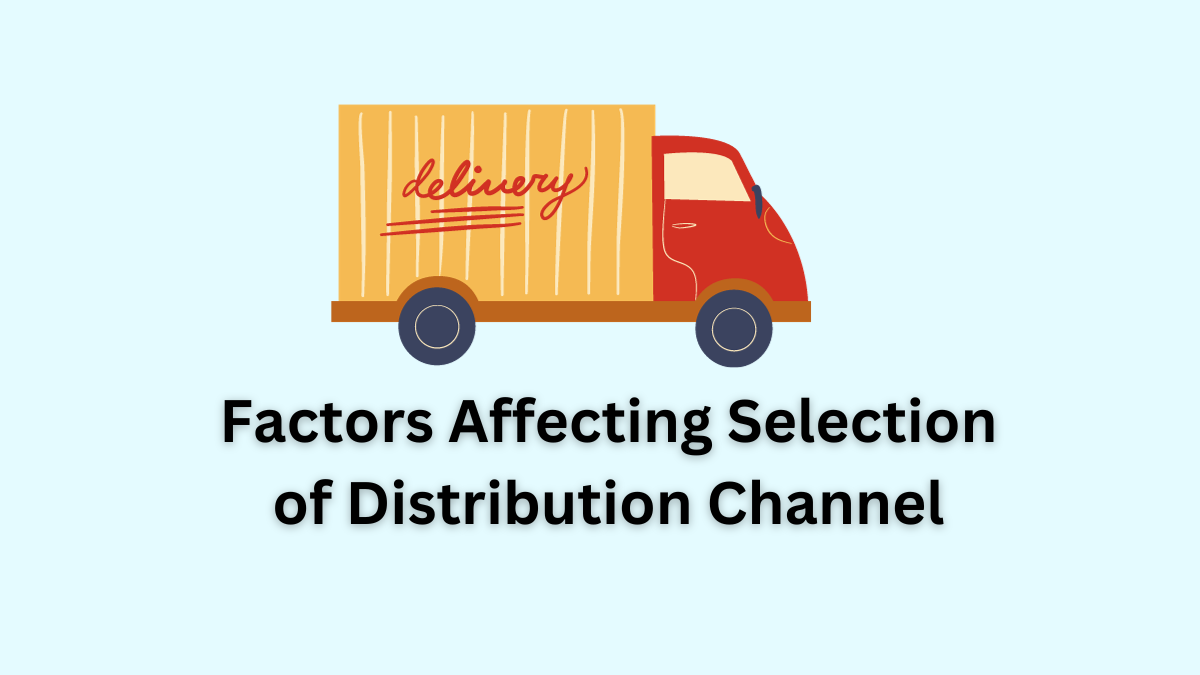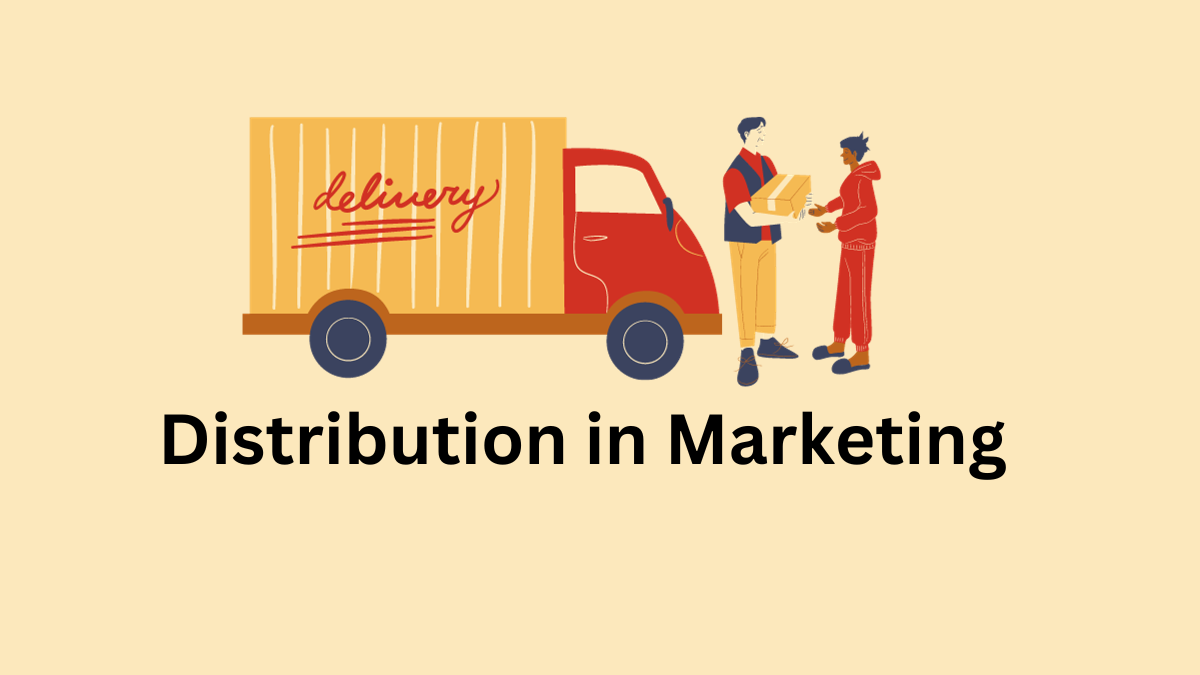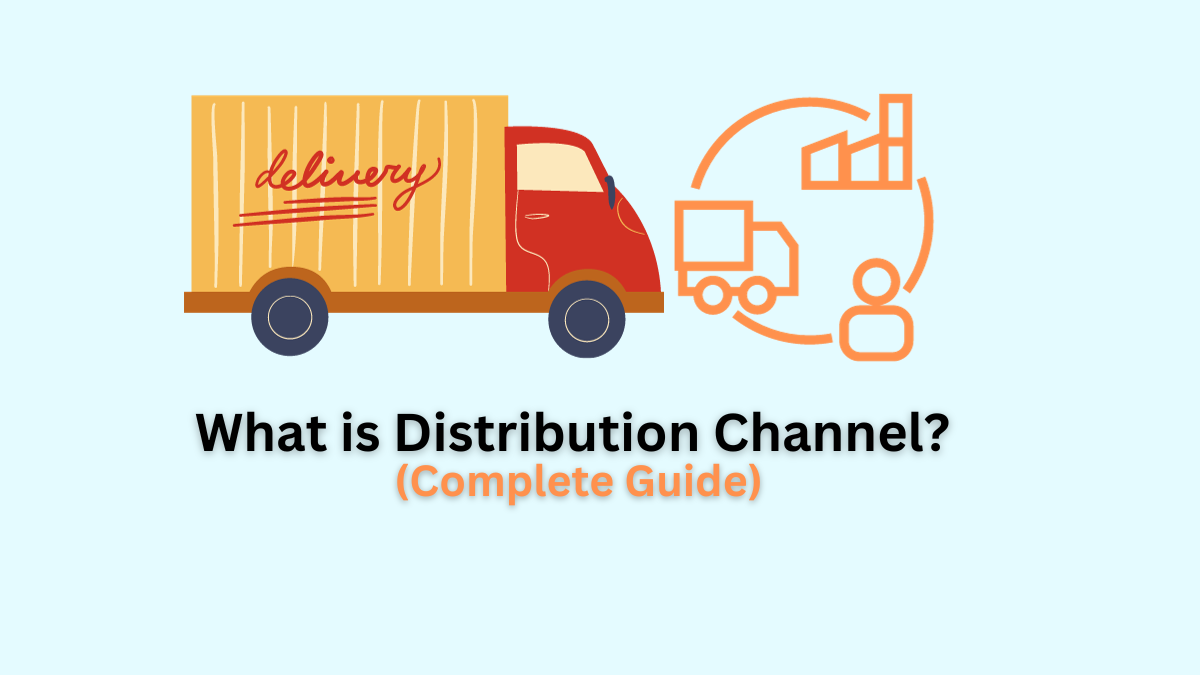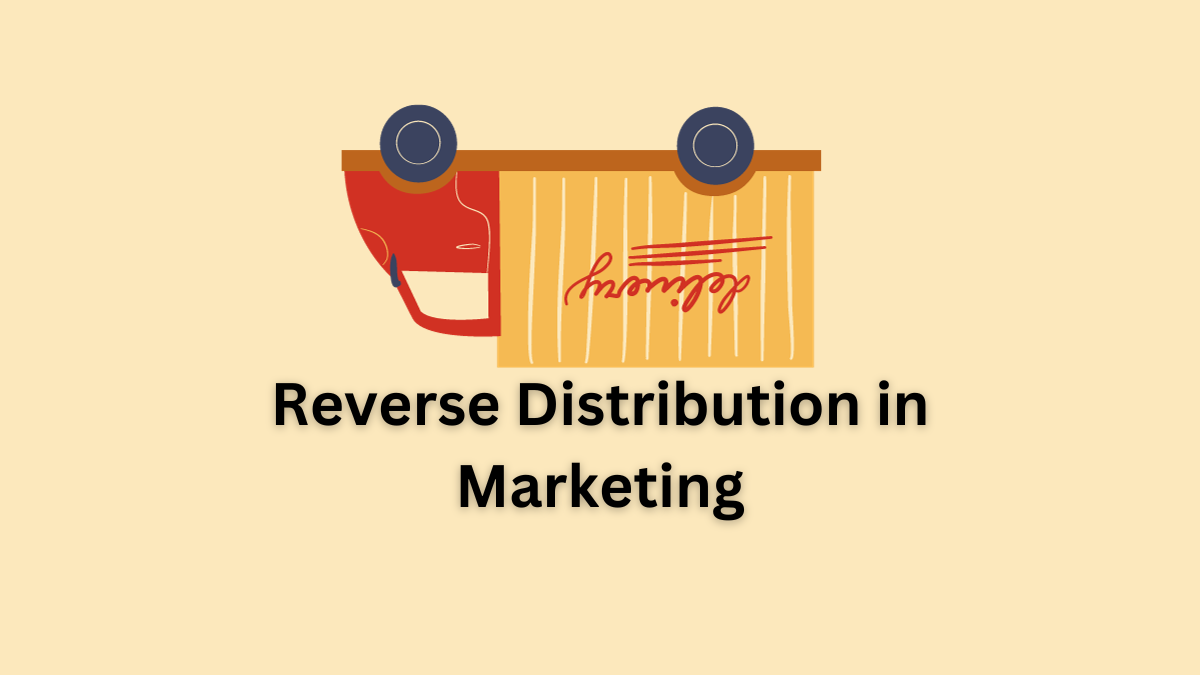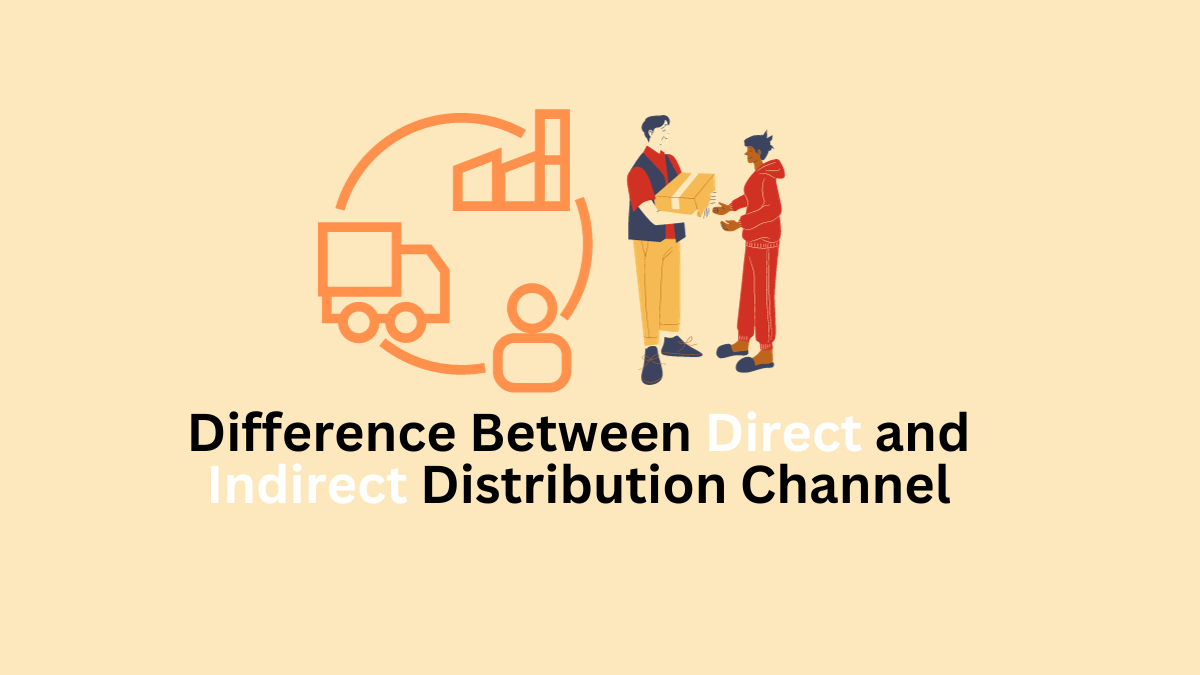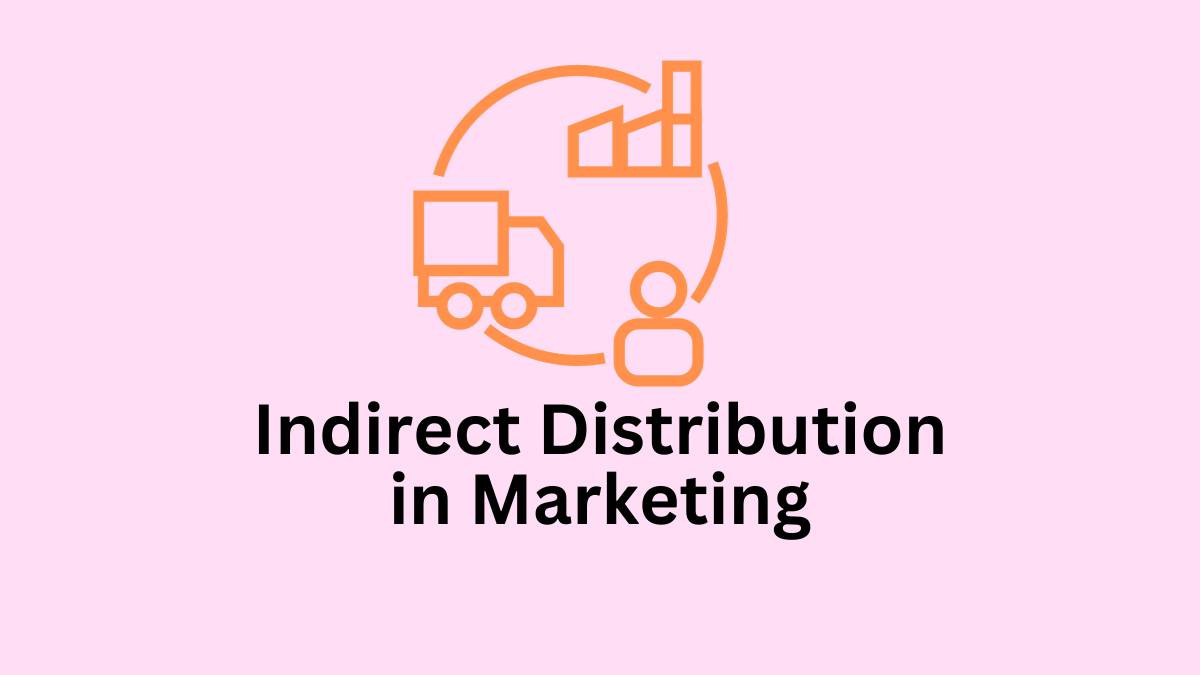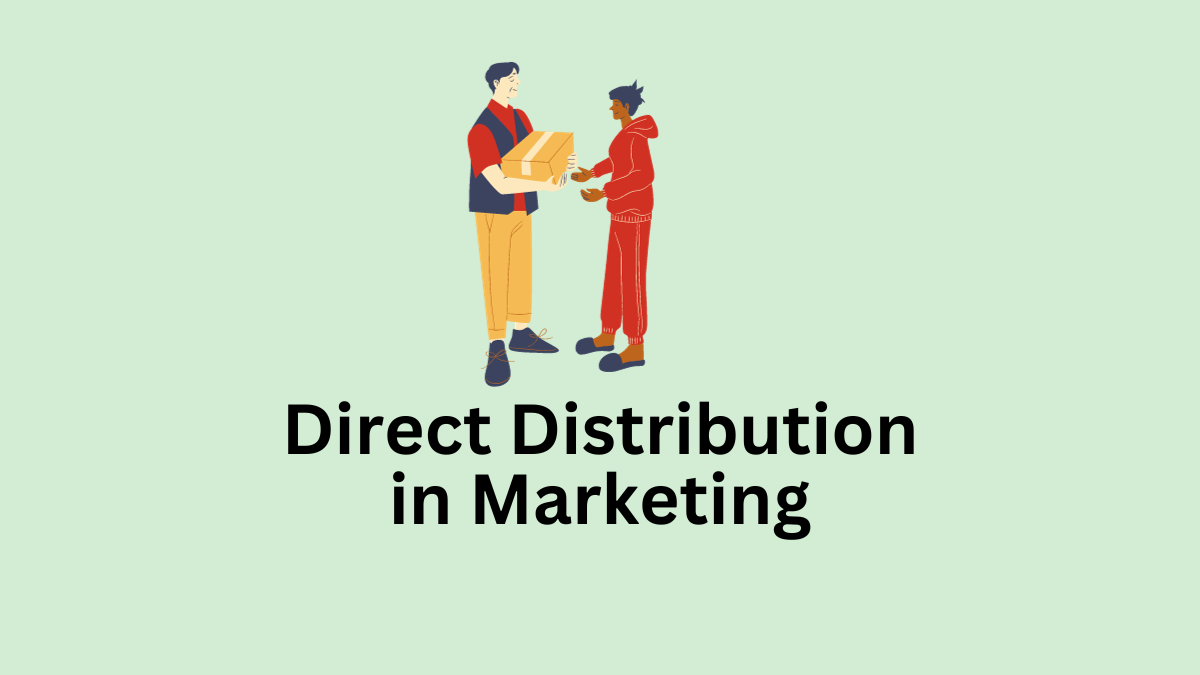12 Factors Affecting Selection of Distribution Channel
Factors Affecting Selection of Distribution Channel Distribution channel is a path through which the product reaches end consumers from the manufacturer or producer. Sometimes the product reaches directly from producer to consumer and sometimes through the middlemen such as retailers, wholesalers, etc. The efficiency and effectiveness of product delivery depend on what distribution channel you … Read more
